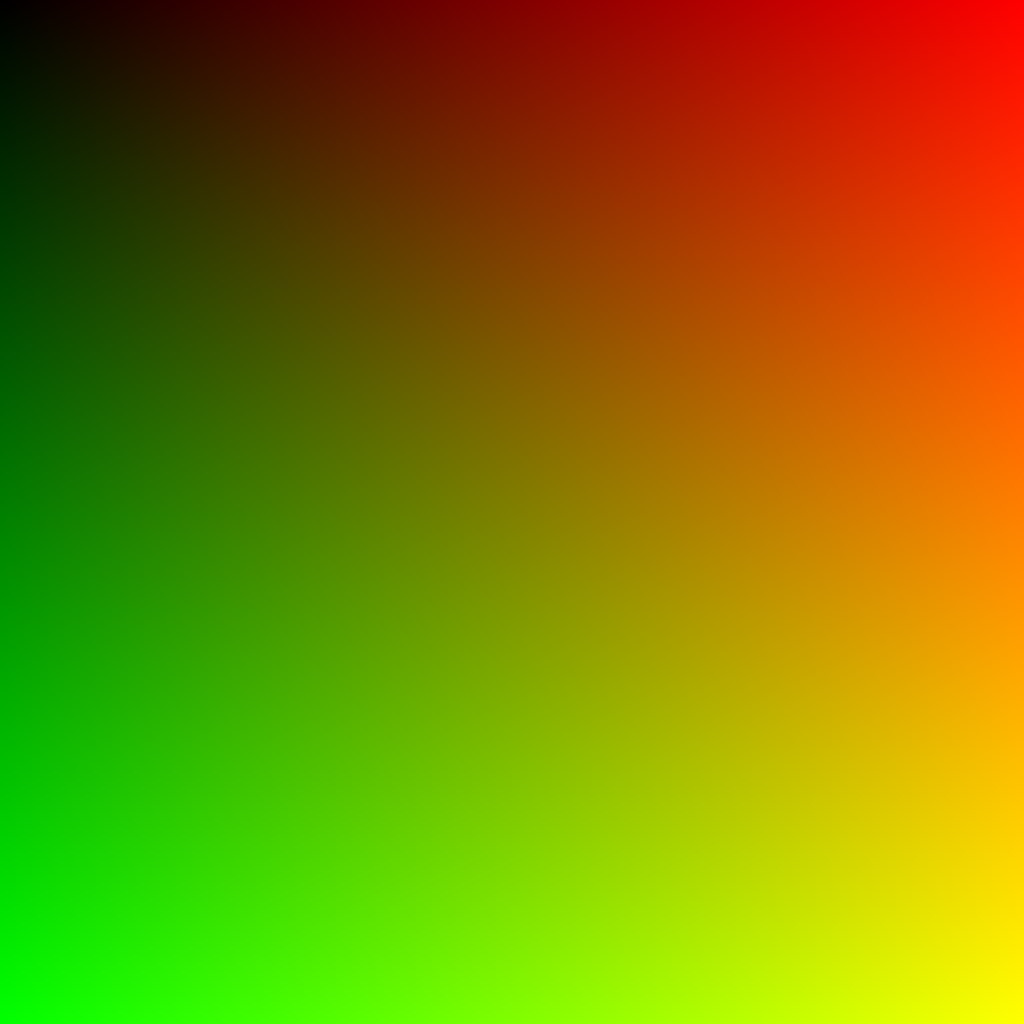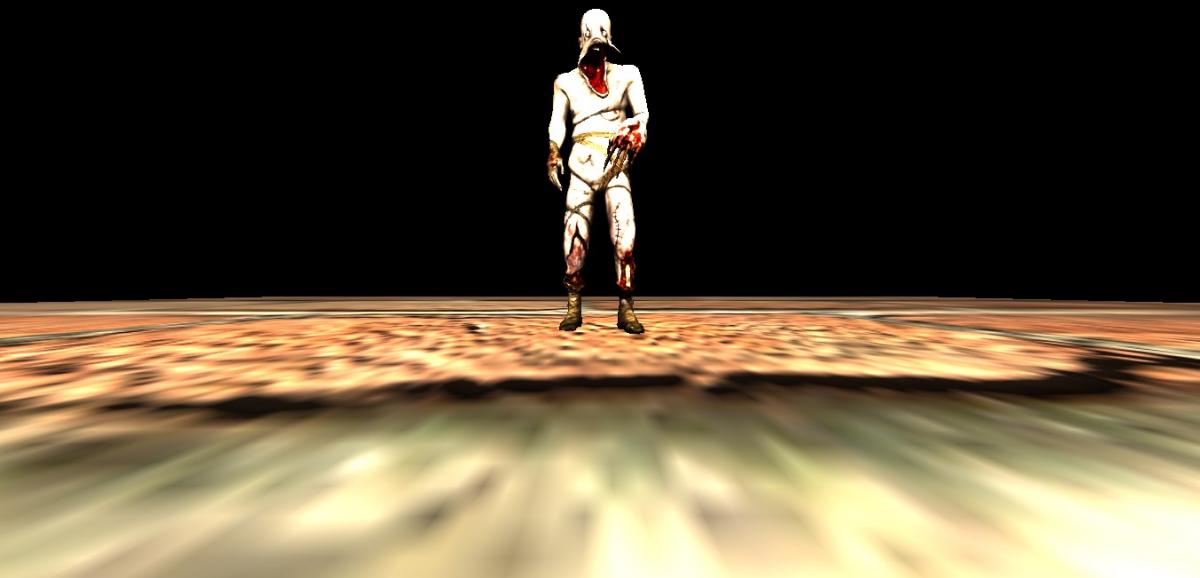I created a Unorder Access View then from that I was able to save the image you see below. It's simple example not over the top but gave me the basic idea on how a compute shader works. The texture I created for the UAV and SRV was 1024 and so for every 1 pixel to fill up the 1024 image; the gradiant ramp you see is the results of the XY threads.

I'm digging the whole compute shaders and I'll be exploring the unlimited possiblities with them. I understand the compute shaders won't solve everything and it helps hide some stalling. I'm actually glad I looked more in depth into Compute Shaders.
This is just me overly exciting ranting
Edit: A new attached photo shows what's being rendered to a render target to compute shader as is not post process effect via compute shader.

There's more to learn from this great experience I must admit! I look forward to it!


:lol: I remember doing exactly the same thing when I started: "Huh, what's all this SV_GroupThreadWhatever do ???"